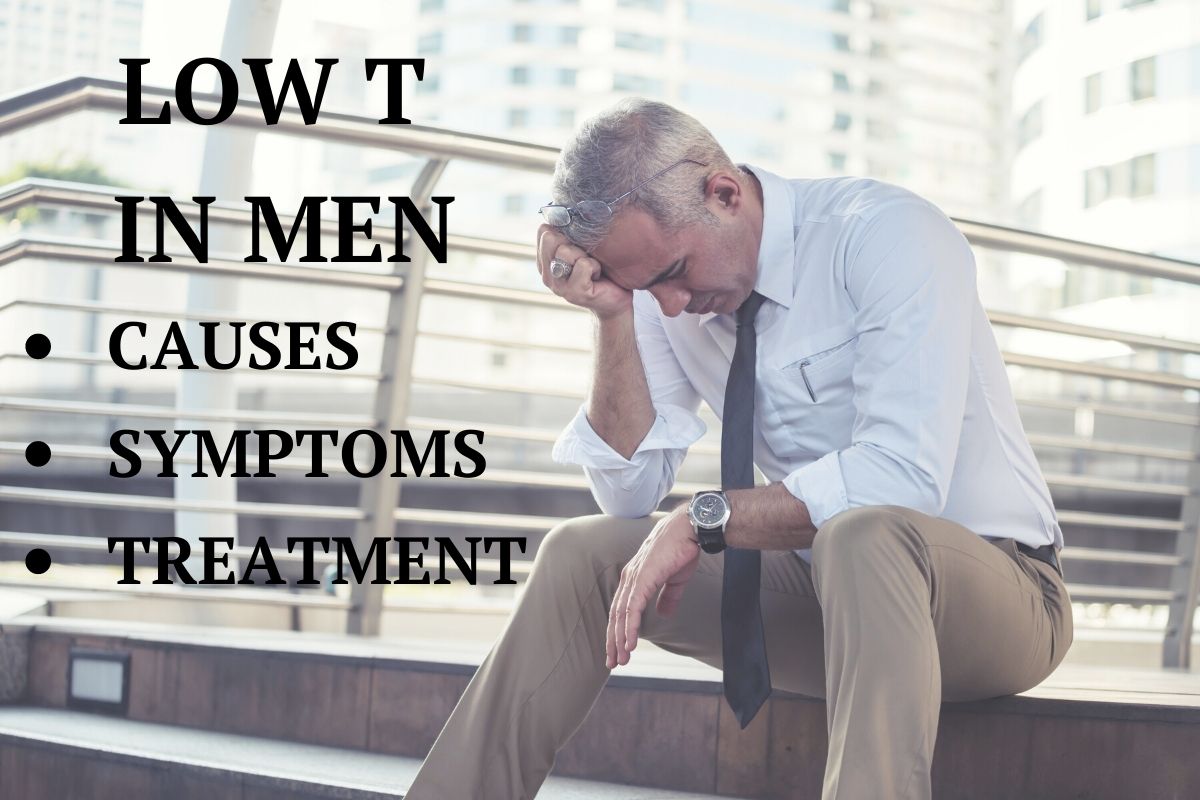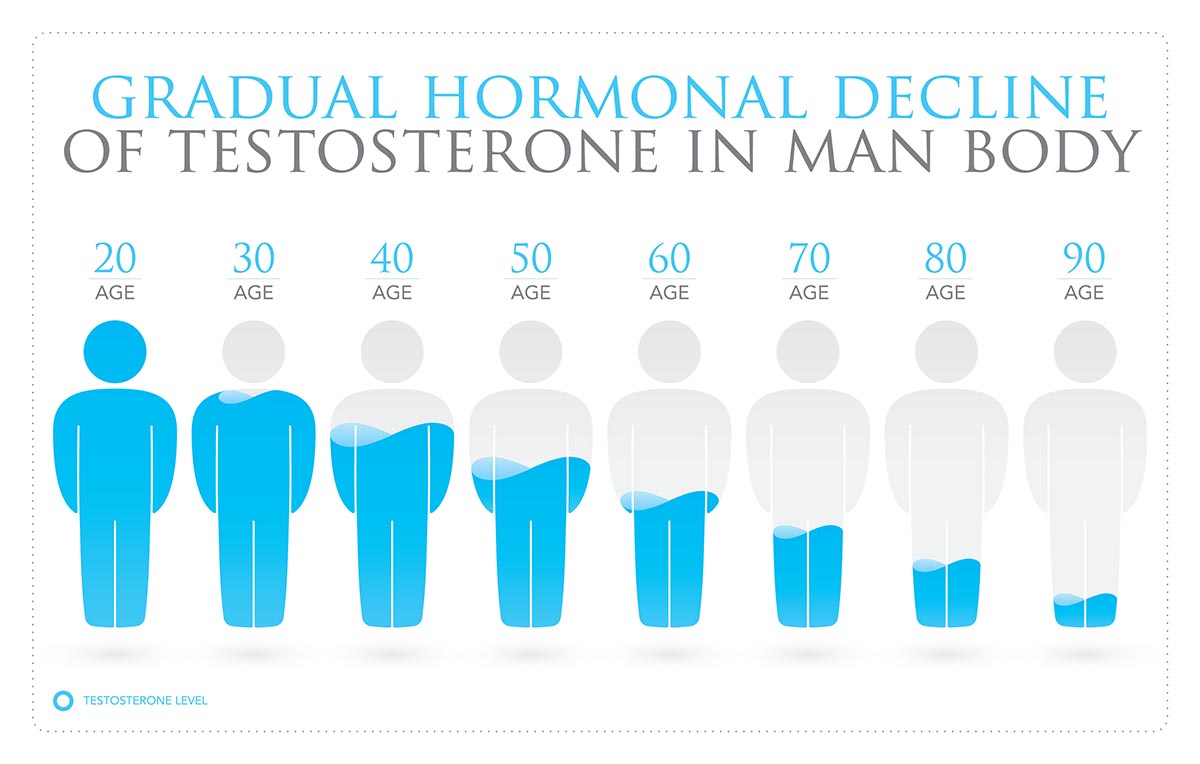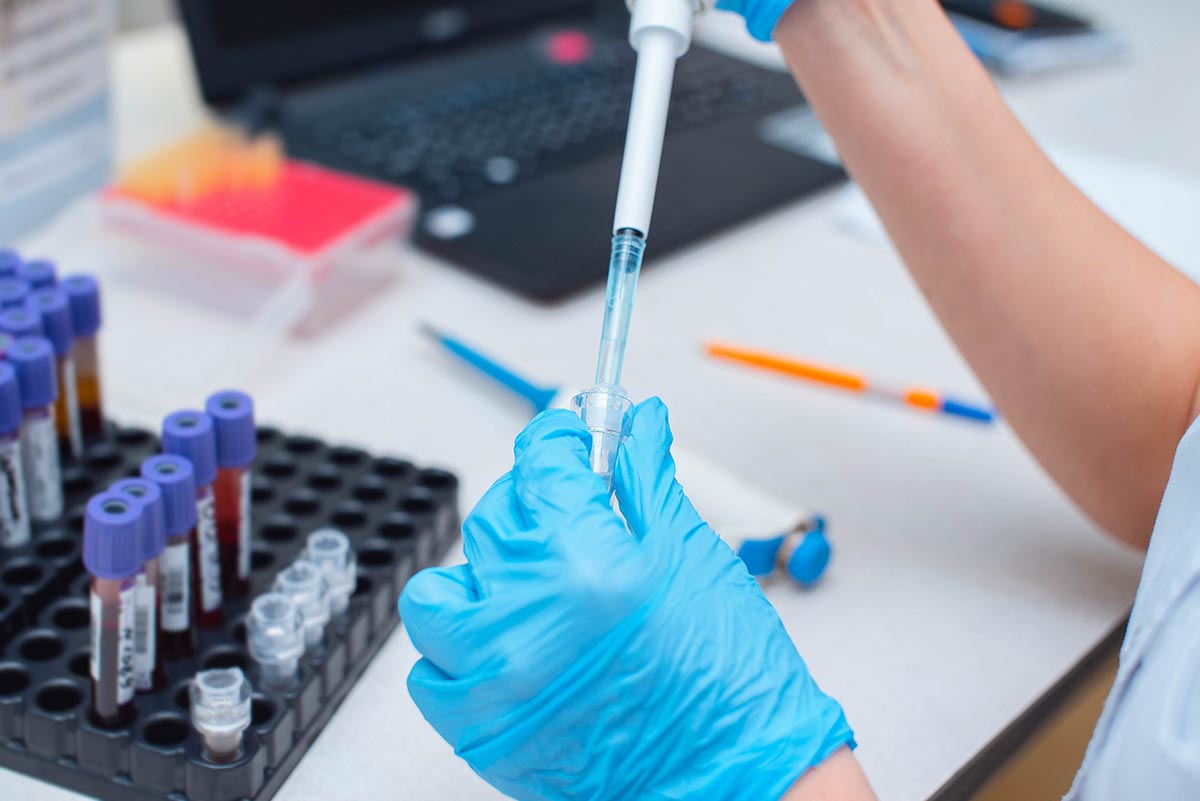Many people come to me asking whether or not their symptoms are caused by low testosterone. Men often begin to seek treatment when they notice a low sex drive or erectile dysfunction. These can be the most distressing and create a major impairment in the lives of men. Males often find them to be tired, depressed, and quite lethargic. The causes of low testosterone in men can be anything from an injury to cancer.
While many men feel that there may be no end in sight when it comes to resolving, there are many treatments that can raise testosterone levels in the body. These treatments often involve medications and/or treatment for the underlying cause.
The level of testosterone in the body makes a significant jump once a male has reached adolescents. Their testosterone levels will climb to 400ng/dl and peak to 1,00ng/dl in late adolescents.
Adults have lower levels of testosterone in their blood than adolescents. This is due to them no longer needing the support to complete puberty. Adult men often fall in the range of 250ng/dl to 950ng/dl. Men who have low T are either on the lower end of this spectrum or do not reach it at all.
Testosterone has a great effect on overall health. Testosterone defines a man’s overall muscle mass. Men with higher levels of testosterone are often taller and have well defined natural muscles. The pitch of a man’s voice, the amount of facial hair he can grow, and even his the potency of his sperm are all affected by the amount of testosterone he produces.
Signs and Symptoms of Low T in men
There are a vast amount of signs that a man may have low testosterone. Anyone of which I can often see on first appearance or description by the patient. All of the symptoms of low testosterone in men include:
- Low sex drive
- Erectile dysfunction
- Low semen level
- Hair loss
- Fatigue
- Loss of muscle mass
- Weight gain
- Decreased bone mass
- Mood swings
- Loss of memory
- Shrunken testicles
- Low blood count
The signs of low testosterone in men do not include becoming or looking feminine. Many have this perception that testosterone is the only thing that makes a man separate from a woman. Sex identification and characteristics are defined by a complex system of biological and psychological factors.
What Causes Low Testosterone in Men?
The medical conditions and injuries that can cause low testosterone are numerous. A common cause is an injury to the testicles. This can be trauma or interruption of the blood supply leading to them. The cause of injury to this area is typically an accident or a fight. It can also be caused by an unintentional act during surgery.
Alcohol use is another common cause, especially if it leads to cirrhosis of the liver. A 2016 study states that drinking a significant amount of alcohol can lessen the potency of sperm even if it has not caused a medical condition.
The causes of low testosterone in men can also be due to medications they might take, surgery on the brain, or radiation exposure. Medical treatment can lead to Low T just as much as a medical condition.
Some of the causes of low testosterone are present at birth. These several congenital conditions include:
The signs of low testosterone in young men are typically due to having a medical condition. Those who are suffering from low testosterone from middle age to senior years may have it regardless of whether a medical condition is present. Low T is most likely to occur after a man reaches the age of 60. But, according to some research, testosterone levels start to decline by about 1% every year after men reach 30.
The symptoms of low testosterone in men can dramatically affect their quality of life and can actually be dangerous to their health. Both low blood count and weight gain can create medical conditions that could be life-threatening or permanent.
Having a low blood count can cause someone to have trouble breathing or even induce heart failure. Men who are suffering from weight gain could contract diabetes, sleep apnea, and kidney disease. These can be the most serious out of all the effects of low testosterone in men.
How To Diagnose Low T?
Diagnosing the Low T starts with a history of a person’s signs and symptoms and physical exams. After that, laboratory tests and clinical exams for proper diagnosis. Screening patients should only be done if they show signs of low hormone levels.
A low testosterone test is done by taking a quick blood sample. This blood sample will be taken in the morning when the testosterone levels in the blood are at its highest. The physician will ask the patient to stop taking medications that may affect their level of testosterone in the blood, such as anticonvulsants, barbiturates, and steroids.
The blood test is then sent to the lab. Since this is not considered an emergency in most situations, the test results should come back in 2 or 3 days.
If the results of the blood test are ambiguous or if the doctor has other reasons to want further confirmation, they might order one or more other blood tests. Including:
- Follicle-stimulating hormone test
- Luteinizing hormone test
- Blood prolactin level test
- Thyroid-stimulating hormone test
More advanced testing might also include:
- Testing of the pituitary gland
- Estradiol hormone test
- Bone density test
- Semen analysis
- MRI
- Biopsy of the testicles
How to Treat Low Testosterone in Men?
Men who do not have their condition treated often start to feel unattractive and have a lower quality of life in general. Hair loss, weight gain, and lower muscle mass are extremely common symptoms. Those who suffer from low levels of testosterone may also have trouble sleeping. This can create cognitive issues like issues with focus. Letting low testosterone go untreated can cause a decline in lean body mass.
There are many testosterone replacement therapies now available. The most popular and effective treatment option is testosterone therapy in the form of injections. Other forms of TRT like patches, gels, and pills are also available on the market.
Testosterone replacement therapy may provide valuable benefits but it also comes with potentially severe side effects when used long term. Higher risk of heart problems and prostate cancer.
The doctor will not only take into consideration your symptoms but also your blood levels as the source of the problem before prescribing such a treatment.
Testosterone therapy is only used for people with diagnosed low testosterone and is not approved by the US Food and Drug Administration to improve strength, appearance or sexual performance.
A complete course of prescribed testosterone therapy usually takes three to six months to complete. Typically, patients will require routine follow-up appointments to monitor testosterone levels following treatment, with regular testing done every six months.
Having low testosterone in men’s treatment done can dramatically improve their quality of life. It’s important to consider the vast amount of benefits that treating this condition can provide and consequences for not doing so.





